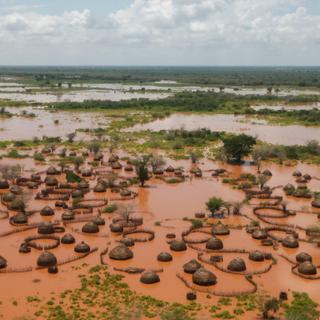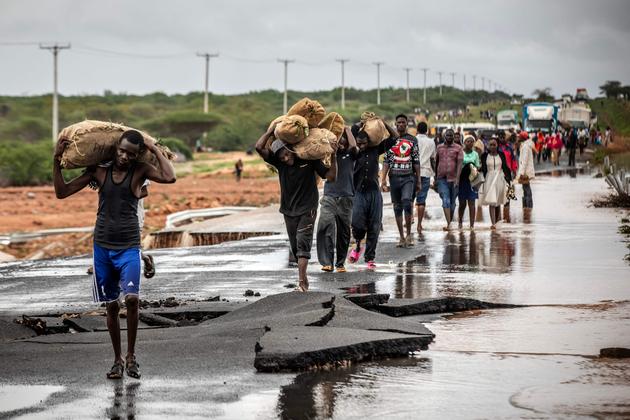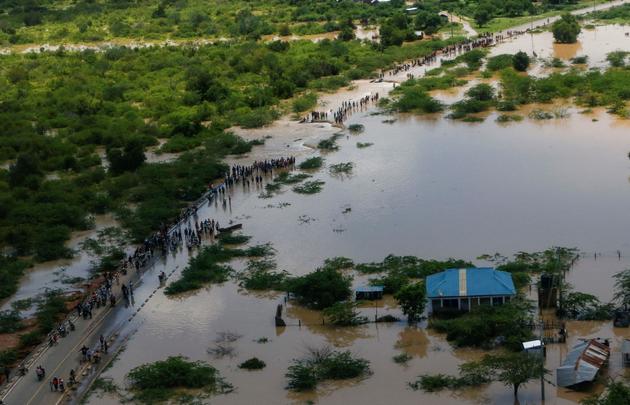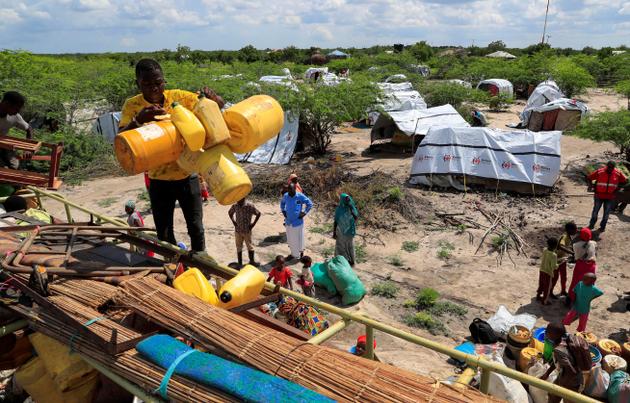


Ethiopia, Kenya and Somalia hit by unprecedented floods
FeatureThe floods have claimed at least 260 lives and displaced more than one million people, according to provisional figures from the three countries.
The cracked earth characteristic of the region's long drought has turned into an ocean of mud. The Horn of Africa has been deprived of rain for over three years, but now finds itself submerged by powerful downpours linked to the El Niño weather phenomenon, which hit the area in November. Ethiopia, Kenya and Somalia are affected by flooding on an unprecedented scale. According to provisional figures from the three countries, at least 260 people have died and more than one million have been displaced.


In Somalia, the Shebelle River has engulfed entire towns, making Beledweyne, in the center of the country, a city that almost disappeared beneath the waves. Rescue workers are navigating between the roofs of houses and the minarets of mosques sticking out of the brown water thickened by mud. The rescue workers are coming to the aid of the 330,000 inhabitants, now on the roads or in makeshift camps.
The Tana River is 708 kilometers long in northern Kenya and has also burst its banks. It is submerging miles of land all around, driving hundreds of thousands of farmers and herders from their fields. Emergency services are overwhelmed by the scale of the humanitarian disaster. They are struggling to assess the extent of the damage and the number of victims. Vital roads are cut off by the flood waters every day. This prevents the delivery of humanitarian aid and slows down rescue operations. Kenyan President William Ruto calls it an "extreme emergency."
The Indian Ocean Dipole
This catastrophe has been described by some humanitarian organizations as the flood of the century. It is the result of a combination of two events; the El Niño meteorological phenomenon and the Indian Ocean Dipole, a similar climatic anomaly.
In her 70s, Halima Birra grew up in Garsen, northeast Kenya. She grew watermelons, maize and bananas on the banks of the Tana River. "We're used to small floods, they happen from time to time and we lose a few harvests. In 1997, I had to leave my land temporarily for the first time. But this time, the dikes broke so quickly that I thought I was going to die." She said this while wrapped in a blue shawl, in the middle of the camp where she has taken refuge with others from the village of Matomba, now underwater.

She is still waiting for her tent to be covered by a Kenyan Red Cross tarpaulin. She sleeps outdoors, surrounded by large pools of stagnant, mosquito-infested water. Children come here to wash despite the risk of cholera and malaria. Garsen is home to over 2,000 displaced people, but there are 84 other similar camps in Tana River County. Birra and her neighbors won't leave their new shelter. "Going back to my land would mean death," she said. The regional government is planning to permanently relocate to these highlands tens of thousands of households living in flood-prone areas.
You have 60% of this article left to read. The rest is for subscribers only.
